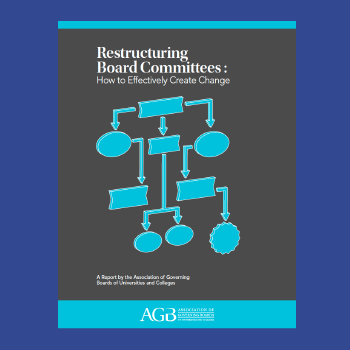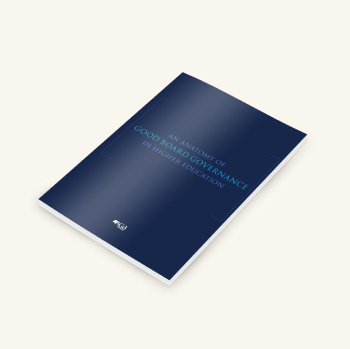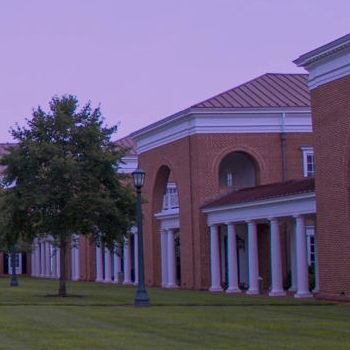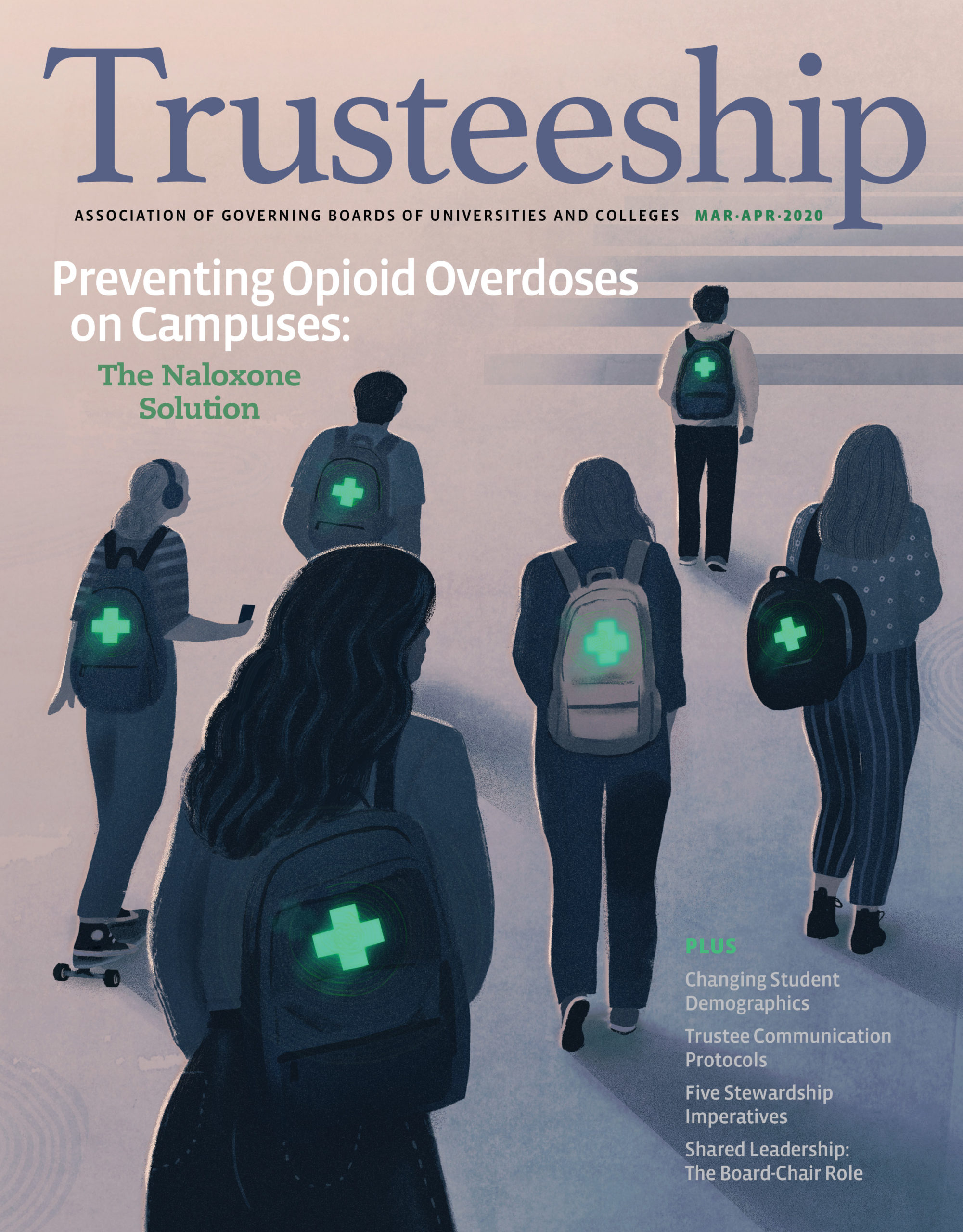Why this is important.
Board structure and culture is integral to the success of all governing boards.
Structurally speaking, trustees must ensure that boards have the best people serving on them, that boards address the right issues, and that board members engage in the right manner to add value. Effective committee structures that aid trustees in conducting board business and up-to-date bylaws that codify sound governance practices are both key dynamic board structure as well.
Board culture is hard to define and difficult to measure, but it matters just as much as structure. A board composed of well-informed, actively engaged, and deeply committed members develops a healthy culture over time, and norms of collective behavior become established. This requires a climate of mutual trust, a culture that welcomes robust discussion, and individuals who show empathy and courtesy. Trustees must assume positive intent from others and lean into differences of opinion to get at what is best for their institution.
Sources: Principles of Trusteeship: How to Become a Highly Effective Board Member for Colleges, Universities, and Foundations, AGB 2021
Board Member Orientation, AGB
An Anatomy of Good Board Governance in Higher Education, AGB 2018
Questions for boards.
Click below to reveal key questions for your board to consider:
Board and Institution Fundamentals
Consequential Questions:
- Do all our members fully understand the role and responsibilities of the board? Do we provide clear and complete information to prospective trustees regarding their roles and responsibilities as well as our expectations for their performance?
- Does our board provide a thorough orientation for new members as well as ongoing opportunities for board development?
- Do all our members have strong and accurate knowledge of the mission and history of the institution, its people and programs, its market position and future goals?
- Does our board have strategic plans for the work of the board and for the work of the board’s committees?
- Are we spending our time in board and committee meetings productively? Are our meetings structured effectively to enable us to fulfill our roles as trustees?
Sources:
Principles of Trusteeship: How to Become a Highly Effective Board Member for Colleges, Universities, and Foundations, AGB 2021
An Anatomy of Good Board Governance in Higher Education, AGB 2018
Board Discussions
Consequential Questions:
- To what extent does board culture encourage candor and robust discussion?
- Do I feel that all voices are heard and respected? Do I feel comfortable expressing your opinion?
Sources:
Principles of Trusteeship: How to Become a Highly Effective Board Member for Colleges, Universities, and Foundations, AGB 2021
An Anatomy of Good Board Governance in Higher Education, AGB 2018
Board Relationships
Consequential Questions:
- Does our board have a healthy, transparent, and collaborative relationship with the president? Does our board chair communicate regularly with the president?
- Do we have cliques or political factions on our board?
- Are we connecting in appropriate and useful ways to the institution’s other stakeholders? Are we listening?
Sources:
Principles of Trusteeship: How to Become a Highly Effective Board Member for Colleges, Universities, and Foundations, AGB 2021
An Anatomy of Good Board Governance in Higher Education, AGB 2018
Recommended resources.
We carefully curated these staff-picked resources for you:

















